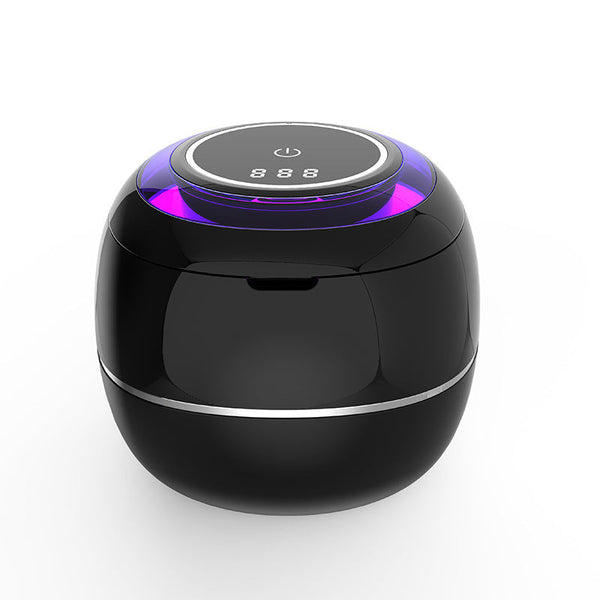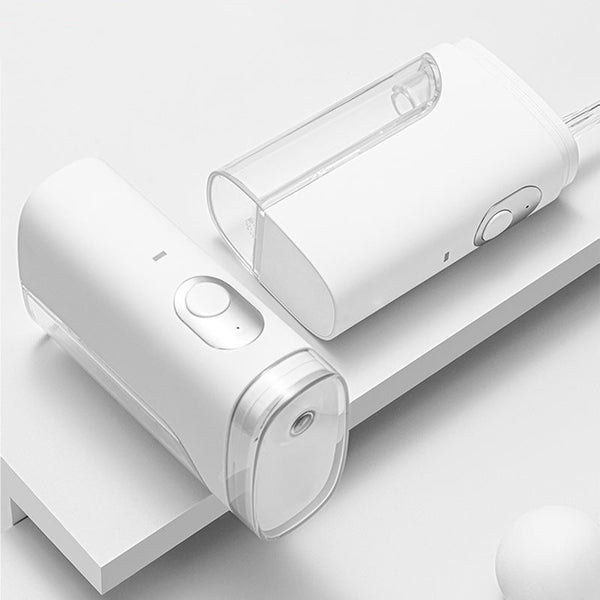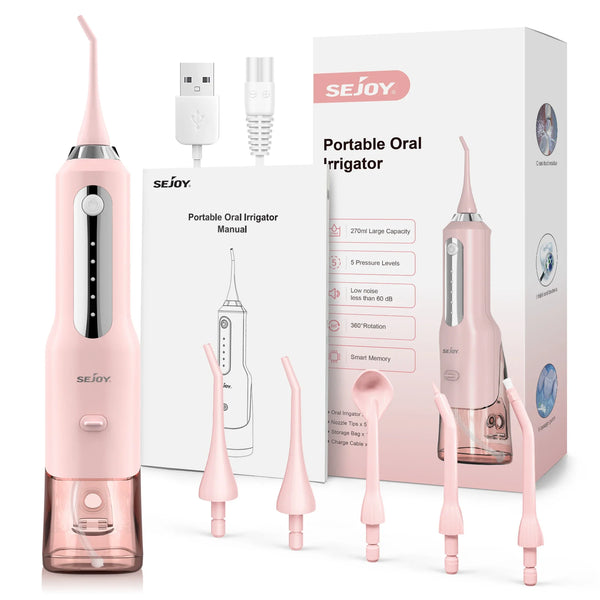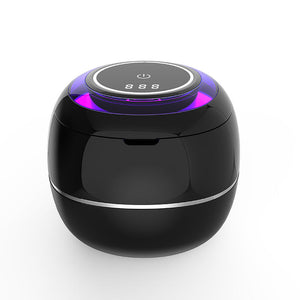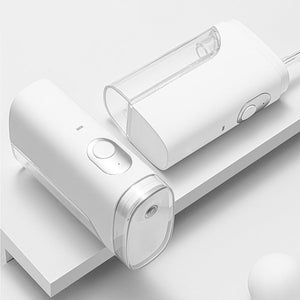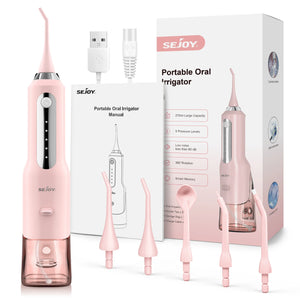The Science Behind Electric Toothbrushes: Elevating Your Oral Health Regimen

Electric toothbrushes have evolved from niche gadgets to essential oral care tools backed by robust clinical research. But how exactly do they outperform manual brushing, and what makes them a non-negotiable for modern dentistry? Let’s examine the evidence.
The Core Mechanism: Why Electric Brushes Work
Electric toothbrushes leverage high-frequency vibrations (typically 30,000+ strokes/minute) to disrupt and remove plaque biofilms—the primary culprits behind cavities and gum disease. Key advantages include:
-
Dynamic Fluid Cleaning: Sonic technology drives fluids between teeth and below the gumline, targeting areas manual brushes miss. One trial noted a 37% higher plaque removal rate versus manual brushing in posterior regions15.
-
Elimination of User Error: Automates the Bass Technique (45° angle toward gums), ensuring consistent 2-minute cleaning with quadrant timers. This is critical, as studies show 80% of manual brushers apply excessive force, accelerating enamel wear37.
-
Gingival Stimulation: Gentle oscillations boost blood circulation, reducing inflammation. In patients with gingivitis, electric brushes lowered bleeding sites by 60% within 30 days6.
Clinical Validation: Long-Term Oral Health Benefits
1. Superior Plaque and Gingivitis Control
-
A 6-month RCT by Peking University showed electric brushes reduced plaque 19% faster than manual brushes in the first week. By 3 months, gingivitis (MGI scores) decreased significantly (P<0.05)2.
-
Long-term data from the Study of Health in Pomerania tracked users for 11 years. Electric brush users had 0.32 mm less periodontal pocket progression and slower attachment loss—critical for preventing tooth loss4.
2. Safety Profile Demystified
Despite concerns about enamel wear, research confirms:
-
Tooth enamel rivals quartz in hardness. Properly used electric brushes cause no measurable damage, whereas manual “scrubbing” often causes wedge-shaped defects at the gumline37.
-
Low-quality brushes pose risks: prioritize soft, rounded bristles (≥90% rounded rate) and avoid >40,000 rpm motors if you have sensitive teeth or recession79.
3. Specialized Populations, Dramatic Results
-
Orthodontic Patients: 3D oscillating brushes (like Oral-B iO) clean around brackets 40% more effectively, cutting gingival bleeding risk by 67%1.
-
ICU Patients: A 2022 network meta-analysis ranked electric brushes with toothpaste + saline irrigation as the #1 method for intubated patients, reducing ventilator-associated pneumonia risk8.
Selecting Your Power Brush: Evidence-Based Criteria
Not all electric brushes are equal. Prioritize these clinically validated features:
-
Smart Pressure Sensors: Alerts when force exceeds 300g—the threshold for gingival damage79.
-
Medical-Grade Validation: Opt for brands like usmile Y30 or Philips Sonicare with published dental trials. Example: Y30’s flexible-neck brush heads reduced gum bleeding by 90% in hospital trials19.
-
Brush Head Design: Smaller heads (e.g., Oral-B round heads) access molars better. Look for 0.02mm tapered bristles to penetrate sulci without trauma1.
-
Compliance Boosters: 30-second quadrant timers improve thoroughness. Newer models (e.g., Hydrabrush) achieve comparable results in 30 seconds vs. 2 minutes10.
⚠️ Avoid: Ultra-cheap brushes (<$20)—their poorly calibrated motors and unrounded bristles correlate with increased recession in long-term users7.
Maximizing Your Electric Brush: Protocols Matter
Even advanced tools fail with incorrect use:
-
Angle & Motion: Hold at 45° to gums—let the brush do the work. Gently glide; no pressing3.
-
Toothpaste Choice: Use fluoride gels (not abrasive “whitening” pastes) to prevent cumulative enamel wear7.
-
Brush Head Replacement: Change every 3 months. Worn bristles lose up to 70% efficiency1.
The Verdict
Electric toothbrushes are a paradigm shift in preventive dentistry—reducing plaque exponentially faster, reversing early gingivitis, and preserving enamel when used correctly. Pair them with bi-annual dental cleanings, and you’ve built an uncompromising defense against periodontal disease.
Ready to transform your routine? Explore clinical-grade electric brushes in our collection—each vetted for efficacy, safety, and long-term oral health ROI.
→ Shop Professional Electric Toothbrushes


